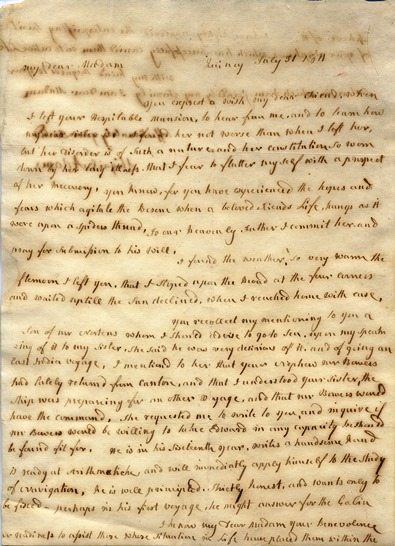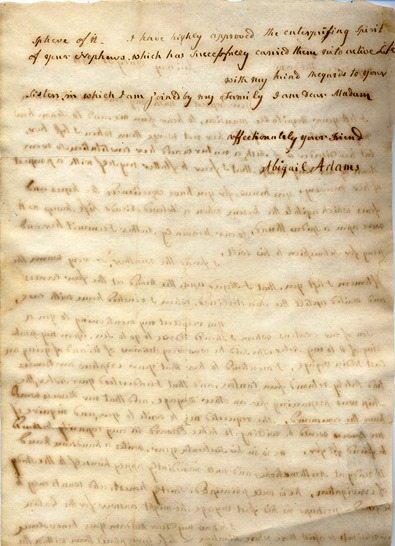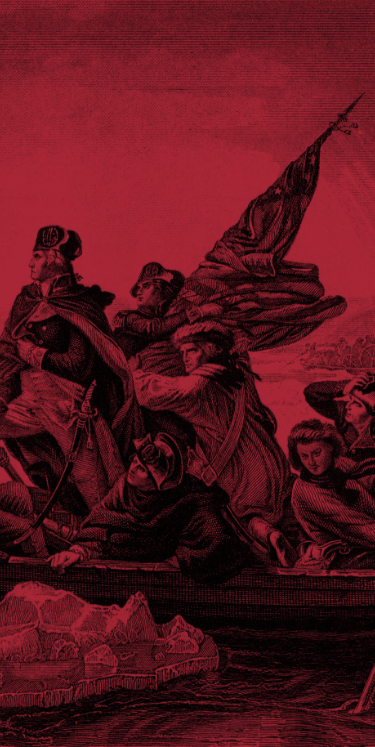Courageous Women During the American Revolution
March is Women’s History Month, but the contributions of women to the Revolution are often neglected today. Many women demonstrated exemplary courage during this time. Here are a few examples.
In April, 1777, a large British force arrived in Fairfield, Connecticut. Marching through nearby Danbury, they searched for American supplies and burned property owned by patriots.1 A messenger from Danbury was sent to Col. Henry Ludington, the leader of a nearby militia, alerting him to what was happening and seeking his help. His militia was scattered throughout the countryside and someone was needed to alert them and round them up. The Danbury messenger was exhausted from his ride and also unfamiliar with the area, so Sybil Ludington, Col. Ludington’s 16 year-old daughter, carried the message, riding throughout the night, across 40 miles of dangerous country.2 The militia gathered, and unable to save Danbury, were involved in the Battle of Ridgefield on April 27, 1777.
It was not just the men who signed the Declaration of Independence who risked death or imprisonment, or suffered personal tragedy, but their wives often did so as well — such as Elizabeth Lewis, wife of Declaration signer Francis Lewis.3 The Lewis’ home was in Long Island, and during the British occupation there, soldiers were dispatched to capture Elizabeth and destroy their property.4 As troops approached, a ship opened fire at the house (a cannonball even struck right beside where she stood) but Elizabeth refused to yield or retreat. The British captured her, holding her in dreary conditions with little food and no change of clothes. After several months, she was eventually freed through the efforts of George Washington and Congress but her health never recovered and she died in 1779.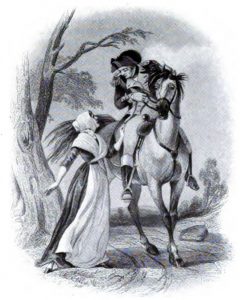
Several women worked actively as spies for the American cause, supplying the army with much needed intelligence. For example, Lydia Darrah, hosted a meeting of British officers in December, 1777. Listening in secret to their meeting, and learning of their plans to attack George Washington’s army at White Marsh, she alerted the Americans, who were able to prepare for the planned surprise attack.5 Another example is Jane Thomas. Her husband, Col. John Thomas, was a prisoner of the British for fourteen months.6 On a visit to him, she learned of plans to attack the Americans at Cedar Spring. Riding almost sixty miles, she alerted them to danger, giving them time to prepare their defense against the British.7
These and many additional examples show that women of the Revolution played key roles in America’s fight for independence and should be honored during Women’s History Month.
* Originally published: Dec. 31, 2016
Footnotes
1 Richard Buel, “The Burning of Danbury,” ConnecticutHistory.org, accessed May 8, 2025.
2 Martha J. Lamb & Mrs. Burton Harrison, History of the city of New York (New York: A.S. Barnes Company, 1896), II:159-160; Willis Fletcher Johnson, Colonel Henry Ludington: A Memoir (New York: 1907), 89-90; National Postal Museum, “Sybil Ludington,” Smithsonian, accessed May 8, 2025.
3 Benson Lossing, Biographical Sketches of the Signers of the Declaration of American Independence (New York: George F. Cooledge & Brother, 1848), 71-73.
4 “Elizabeth Annesley Lewis,” The Pioneer Mothers of America (New York: G. P. Putnam’s Sons, 1912), 3:119-126; L. Carroll Judson, A Biography of the Signers of the Declaration of Independence (Philadelphia: J. Dobson, 1839), 64-66.
5 Elizabeth F. Ellet, The Women of the American Revolution (New York: Baker and Scribner, 1848), 171-177
6 “Col. John and Jane Thomas,” The Historical Marker Database, accessed May 8, 2025.
7 Ellet, Women of the American Revolution (1848), 250-260.
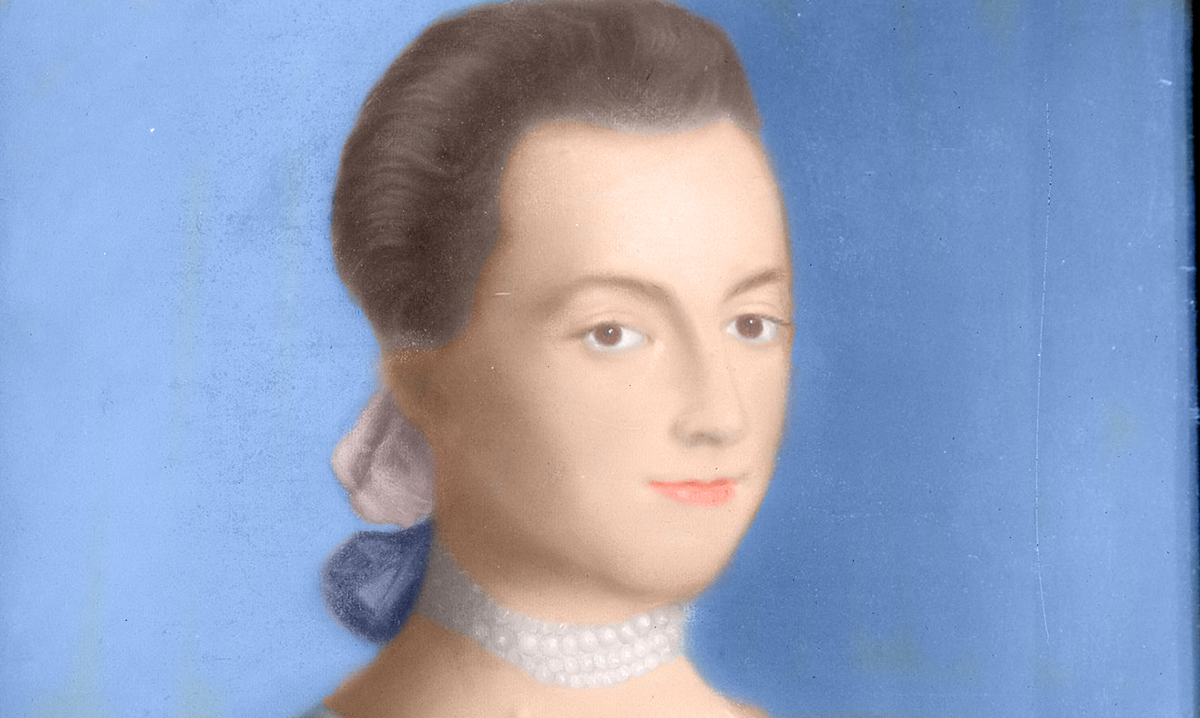
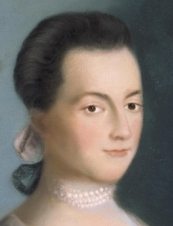
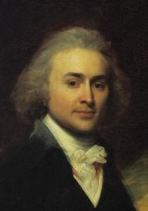 Adhere to those religious sentiments and principles which were early instilled into your mind and remember that you are accountable to your Maker for all your words and actions….
Adhere to those religious sentiments and principles which were early instilled into your mind and remember that you are accountable to your Maker for all your words and actions….